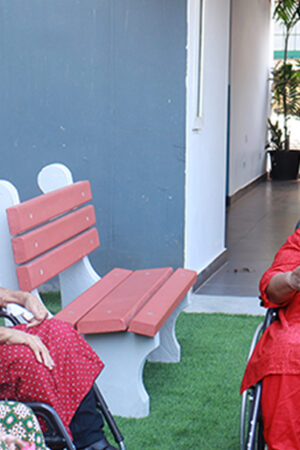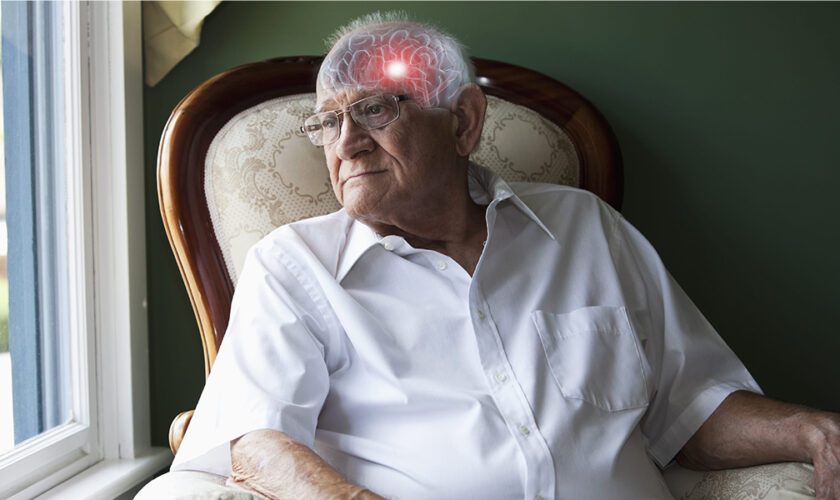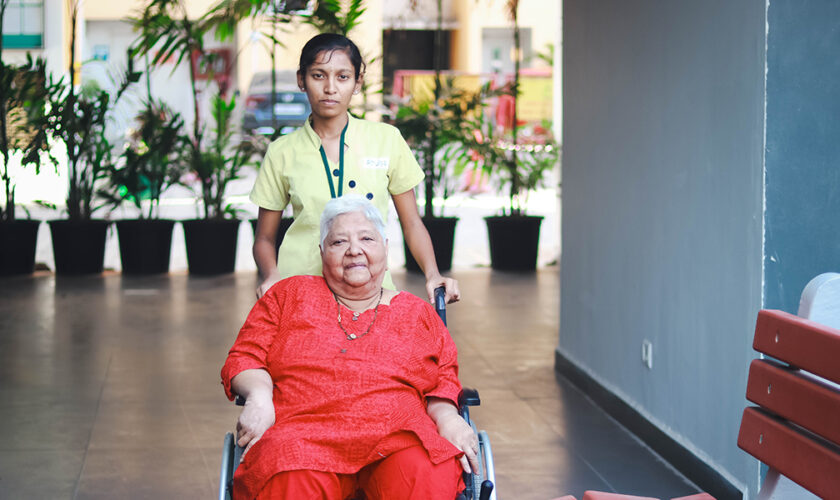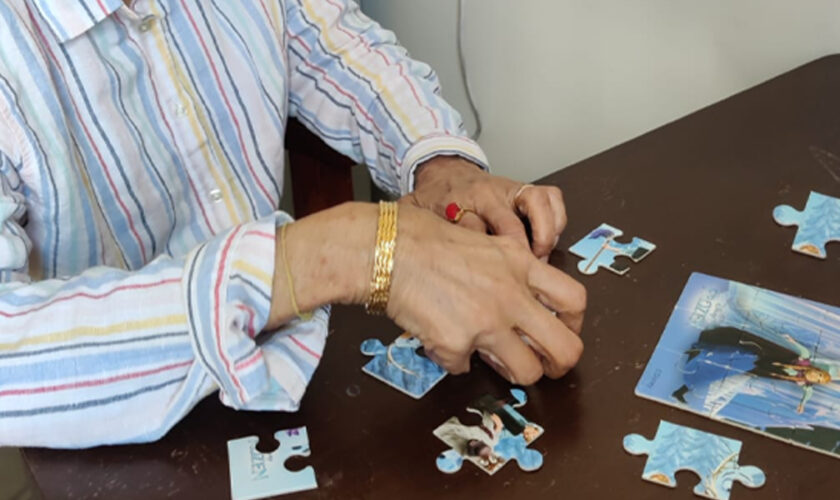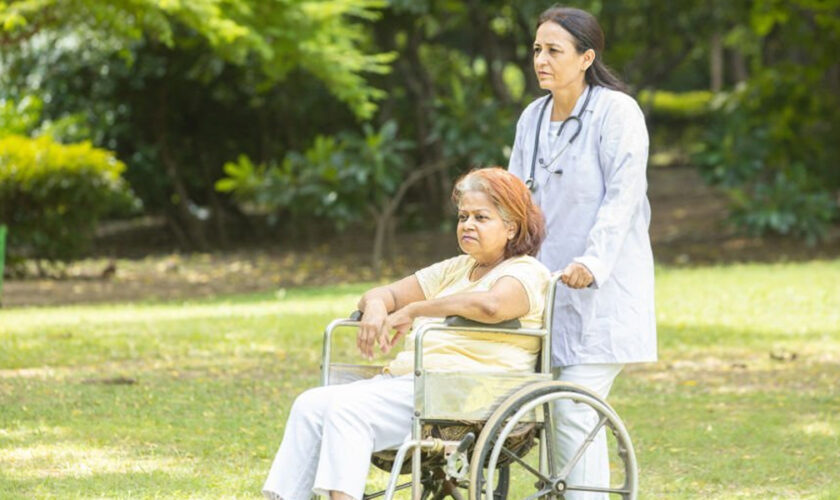When dealing with a serious disease, it can be difficult to make sense of the various treatment options that are available. Palliative care and hospice care are two categories of medical assistance that are frequently mixed up with one another.
There are substantial distinctions between the two techniques, despite the fact that they both offer consolation and assistance to patients. The purpose of this blog is to educate you about the primary differences between palliative care and hospice care so that you are better equipped to make decisions regarding your own medical care or the care of a loved one.
Objectives of Care
The major objective of palliative care is to enhance the quality of life for terminally ill patients and their families. Regardless of the stage, of the sickness is at, this style of care concentrates on alleviating symptoms such as pain and stress as much as possible. Palliative care can be given concurrently with curative treatment, and it can be initiated at any time during the course of an illness.
Patients with a terminal illness and a life expectancy of six months or less, as established by a physician, are candidates for hospice care. Hospice care is provided to patients at no cost. When a patient is nearing the end of their life, hospice care focuses on easing their discomfort, managing their pain, and giving emotional support to both the patient and their family. The provision of curative treatments is not part of hospice care.
Eligibility
Palliative care is provided to patients of any age and at any stage of a serious illness. Patients can benefit from this type of care. In order to qualify for palliative care, one does not need to have a predetermined amount of time left to live or to have stopped receiving curative treatments.
A patient must have a terminal illness with a life expectancy of six months or less in order to be eligible for hospice care. This life expectancy must be determined by a physician. Hospice care is provided free of charge. Patients must also make the decision whether or not to pursue curative therapy and instead concentrate on comfort and the management of symptoms.
Location of Patient Care
Palliative care can be administered in a variety of locations, including the patient’s home, nursing homes, outpatient clinics, and hospitals. For the purpose of coordinating and supplementing the patient’s care, the care team collaborates closely with the patient’s main healthcare professionals.
Hospice care is administered mostly at the patient’s home, which enables the patient to remain in an environment that is both familiar and pleasant to them. However, hospice care can also be administered in residential care facilities such as nursing homes and assisted living communities, as well as in specially designed hospice centers.
Composition of the Care Team
A palliative care team would often include medical doctors, registered nurses, social workers, and other healthcare professionals who have received specialized training in palliative care. This group works cooperatively to meet the patients and their family’s physical, emotional, and spiritual needs in a holistic manner.
A hospice care team also consists of trained volunteers in addition to medical experts such as doctors, nurses, social workers, and other healthcare professionals. Additional services, such as spiritual counseling, grief support, and respite care for family carers, are frequently made available by the care teams that work in hospices.
Protection Provided by Insurance
Some commercial health insurance policies will pay for palliative care services, especially in cases of cancer. However, coverage may be different based on the particular services rendered and the insurance plan held by the patient. It is really necessary to confer with your insurance provider in order to ascertain the level of coverage you possess.
Patients who want to get treatment through a hospice program typically pay out-of-pocket costs linked to their terminal disease.
Both palliative care and hospice care aim to give patients with serious illnesses with assistance and comfort; yet, these two types of care are distinct from one another in terms of their objectives, eligibility requirements, venues, care team compositions, and insurance coverage.
Having a clear understanding of these distinctions can assist patients and their families in making well-informed decisions regarding the many treatment options available to them. Athulya assisted living offers a variety of skilled nursing care services other than palliative care, including physical therapy. If you are looking for a skilled nursing care facility, Athulya assisted living is a great option.





